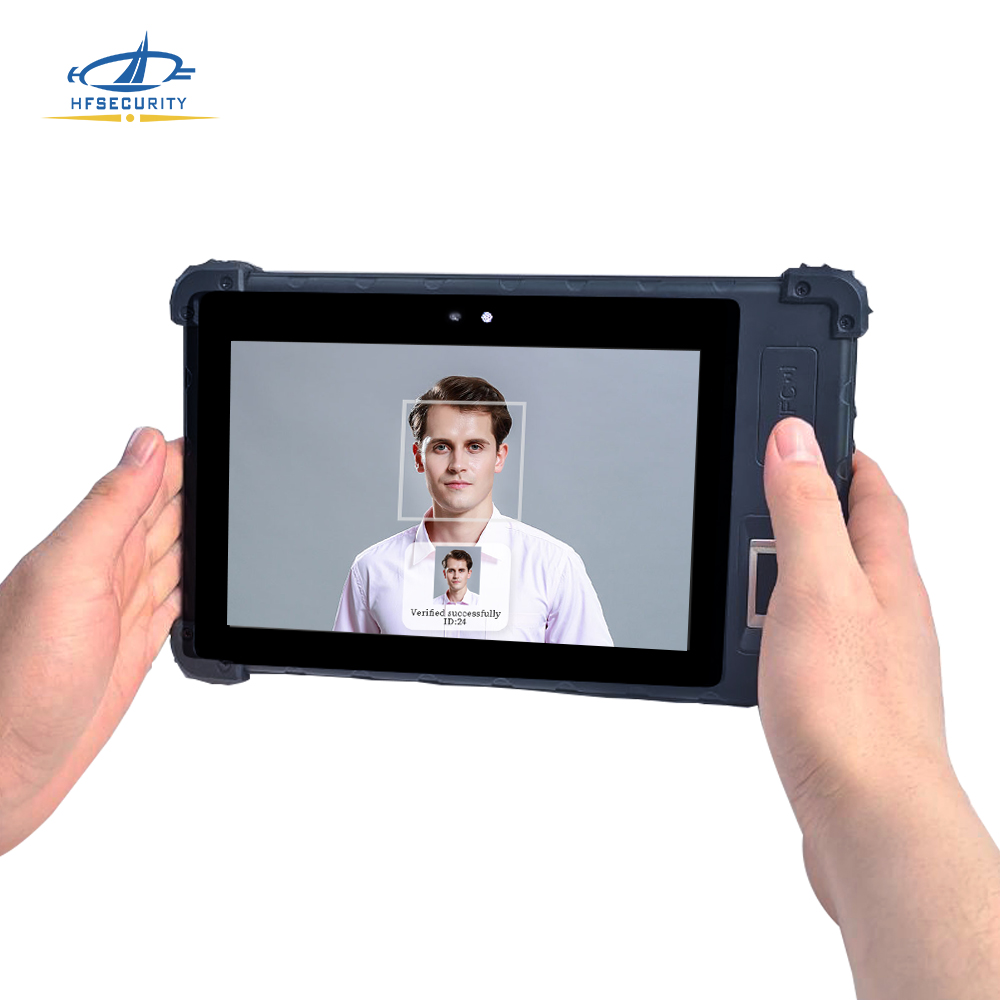As technology continues to advance, more and more industries are turning to automated systems for various processes. One such process is attendance tracking, and face recognition attendance systems has emerged as a popular choice for this purpose. In this article, we will explore the use of face recognition attendance systems in a variety of industries and how it has improved the efficiency and accuracy of attendance tracking.
What is the definition of a face recognition attendance system?
あ face recognition attendance system project is a type of biometric system that uses facial recognition technology to identify and verify the identity of individuals in order to keep track of their attendance. The system works by capturing an image of an individual’s face and comparing it with a pre-existing database of facial images to find a match. Once a match is found, the system registers the individual’s attendance and records it for later use in tracking attendance records, managing employee schedules, and other related applications. The system can be used in a variety of settings, including schools, businesses, and other organizations that need to keep track of attendance.

Facial recognition attendance systems have several benefits, including:
正確さ
Facial recognition technology can accurately identify individuals, making it a reliable method of attendance tracking. It eliminates the errors that can arise from manual attendance taking or the use of ID cards and passwords.
Time-saving:
Facial recognition systems are faster than manual attendance taking, and it can reduce the time required for employee check-ins and check-outs.
コスト効率が高い:
Facial recognition attendance systems can reduce the costs associated with traditional attendance methods, such as the need for physical time clocks, ID cards, and passwords.
セキュリティの強化:
Facial recognition attendance systems can improve security by verifying that the individual checking in is the authorized person. It can prevent time theft or buddy punching where employees may try to fraudulently check-in for their colleagues.
非接触:
Facial recognition technology is contactless, which is particularly important in the current pandemic scenario, as it reduces the risk of virus transmission.
Integration with other systems:
Facial recognition attendance systems can be integrated with other systems, such as payroll, to streamline processes and improve accuracy.

Overall, facial recognition attendance systems can enhance security, improve accuracy, and save time and money, making it an increasingly popular choice for many businesses. However, it is important to consider privacy concerns and ensure that appropriate measures are in place to protect employee data.
Face recognition technology has been widely adopted in a variety of industries as a way to automate attendance tracking, improve security, and enhance user experiences. Here are some examples of industries where face recognition attendance systems are being used:
Face Recognition Attendance System in Healthcare Industry
The healthcare industry is another sector that has benefited from the use of face recognition attendance systems. In a hospital setting, healthcare workers are often required to work long hours, and tracking their attendance can be a challenge. Using face recognition attendance systems, hospitals can quickly and accurately track staff attendance, ensuring that they have enough personnel to provide care for patients.
Moreover, the technology can also be used to track patient attendance. By capturing the image of a patient’s face when they check in for an appointment, a record of their attendance is created. This can be useful for both the hospital and the patient, as it provides an accurate record of the patient’s attendance and the hospital can use the data to optimize their services.
The use of face recognition technology in healthcare institutions has also led to improved security. By using face recognition systems to verify the identity of staff and patients, hospitals can ensure that only authorized individuals are accessing sensitive areas or medical records.
Face Recognition Attendance System in Corporate Industry
The corporate industry is another sector where face recognition attendance systems have become increasingly popular. In a corporate setting, tracking employee attendance can be a challenging task, particularly for large organizations with a large workforce. Using face recognition attendance systems, companies can quickly and accurately track employee attendance, which can help them optimize their workforce management.
Face recognition Attendance System in transportation systems
Face recognition technology is being used in transportation systems to automate ticketing and improve security. With a face recognition system, passengers can simply look into a camera to purchase tickets and board transportation. They can also use the technology to enhance security by monitoring entry and exit points.
Moreover, face recognition attendance systems can be integrated with other HR software, such as payroll systems, which can streamline the payroll process. The technology can also be used to monitor employee punctuality, providing valuable data on how often employees arrive late to work. This data can be used to develop strategies to improve employee punctuality, ultimately leading to improved productivity.
Overall, face recognition attendance systems are being adopted by a variety of industries to improve efficiency, enhance security, and provide a better user experience. As the technology continues to advance, we can expect to see even more widespread adoption in the years to come.

